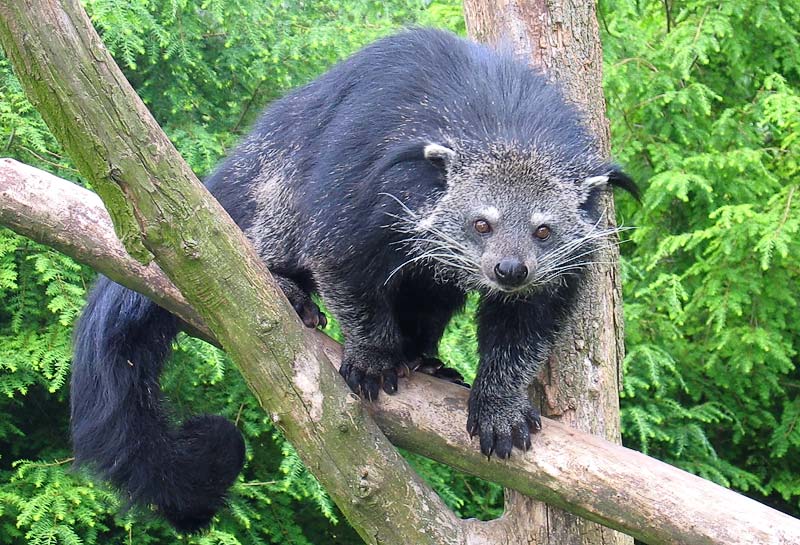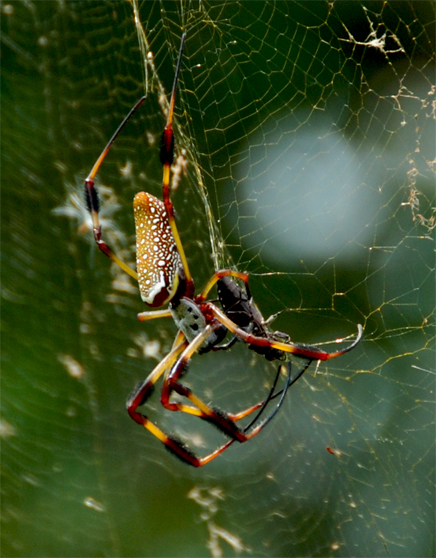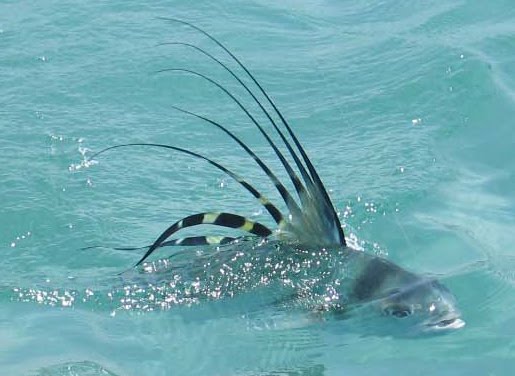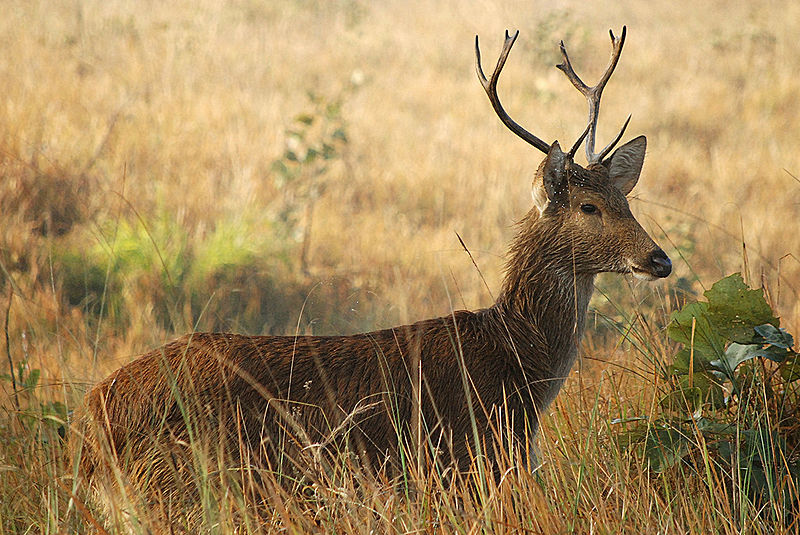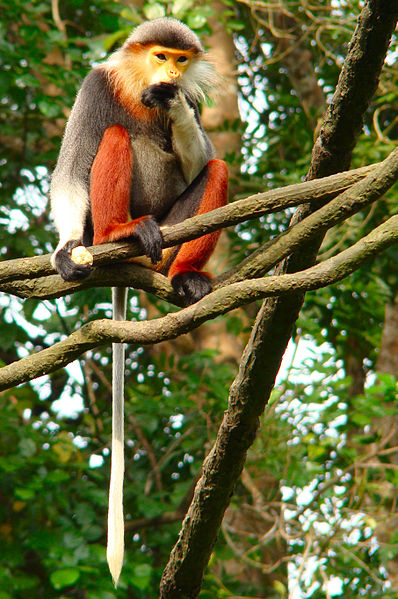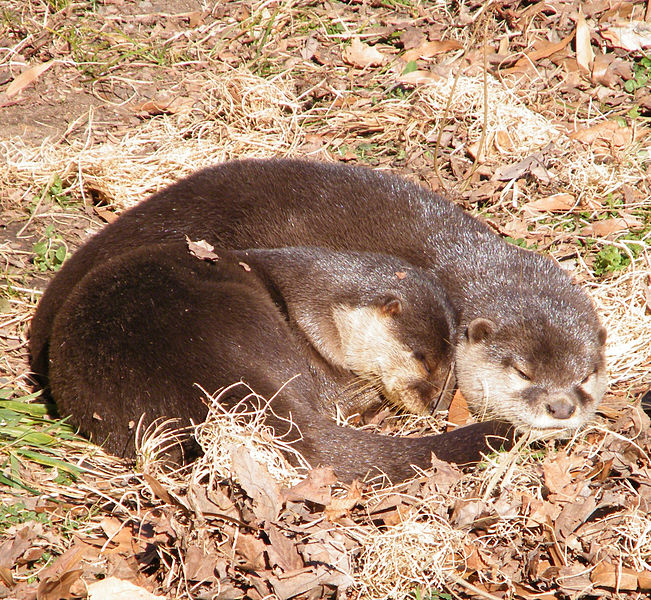
Last week we spent the entire time learning about incredible animals from Asia. Well, we apparently have at least one more to learn about as the Asian Small-Clawed Otter just happens to be from this area. I know, their name kind of gave their location away. What the name doesn’t tell you is this particular animal is one of the smallest otters on the planet with apparently some small claws but we will get into that in a second or two. Unfortunately, as a result of pollution, habitat destruction and hunting, our featured animal is considered to be “Vulnerable” on the IUCN List. Therefore we should probably get on with today’s fact before the population decreases into oblivion.
Small-Clawed Otter
As mentioned, the Asian Small-Clawed Otter actually does have small claws. Remarkably their claws do not extend past the pads of their fingers and toes. Just imagine how much easier your dogs nails would be to trim if they didn’t extend past their soft, feet pads. These small claws of this Otter provide it with the needed dexterity to feed on molluscs, crabs, snails and any other small aquatic animals they can get their short clawed hands on.
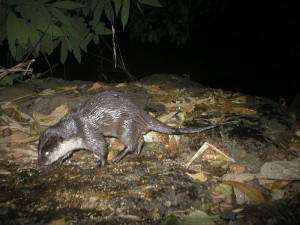
A Close-Knit Family
The nice thing about spotting an Asian Small-Clawed Otter is if you see one, you are likely to see many more. This creature lives in family groups that will usually contain 12 different individuals. Inside these large family groups, only the alpha pair will mate, while the others help raise the offspring. I guess free babysitting is worth having a your kids stick around for awhile…..at least in the eyes of an Asian Small-Clawed Otter.
Love to Talk
To help communicate with the members of the group, this particular otter uses a variety of sounds and calls. In fact, they have at least a dozen different calls that can be used for all occasions. I am willing to bet the mothers even have one that tells the kids to stop playing and come inside for dinner. As important as this call would be the most important sound this Otter makes is definitely their distress call, which they use when in need of help or if they see a deadly predator. I would imagine they learn this call at a very young age….probably after they learn the important traveling call, “are we there yet?”

